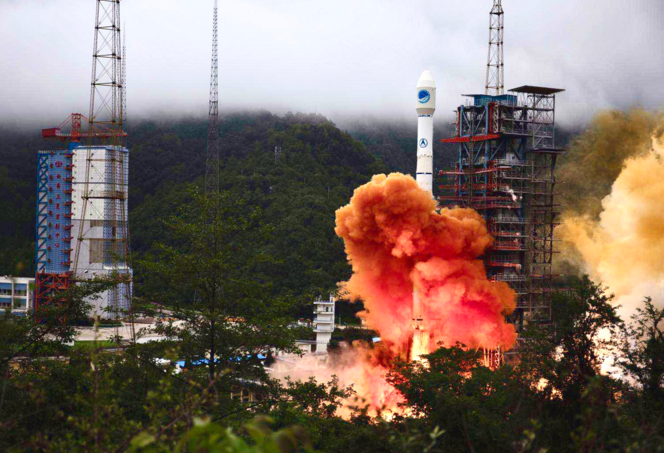
1.What can we learn about the last satellite of the BDS?
A It shows the top of the satellite development.
B It is one of the largest of its kind in the family.
C It doesn’t belong to the family of BDS-3 satellites.
D Its launch marks the global system is completed.
解析:选D。细节理解题。根据文章第二段第二句The launch marked the completion of the country's domestically developed BeiDou constellation, one of four global navigation networks alongside with the United States' GPS, Russia's GLONASS and the European Union's Galileo.可知,此次发射标志着中国自主研发的北斗系列的完成,北斗系列是与美国的全球定位系统、俄罗斯的全球导航卫星系统和欧盟的伽利略系统比肩的四个全球导航网络之一,故选D。
2.What makes the BDS more competitive in navigation services?
A Precise positioning.
B Short message communication.
C More cost-effective navigation services.
D Timing synchronization functions.
解析:选C。推理判断题。根据文章第三段Featuring radio-navigation, radio-determination, and enhanced timing synchronization functions, the last satellite, after joining BDS-3 family, will allow the constellation to provide more cost-effective navigation services, which rapidly wins the global market.可知,最后一颗卫星在加入北斗导航系统3家族后,具备无线电导航、无线电定位和增强的定时同步功能,使该系列能够提供更具成本效益的导航服务,迅速赢得全球市场,故选C。
3.What does the last paragraph mainly talk about?
A The design and expected service life of the BDS.
B The service objects of the BDS in different stages.
C Different periods of the construction of the BDS.
D The difficulty to be overcome in navigation services.
解析:选C。主旨大意题。根据文章最后一段可知,1994年,北斗一号系统建设正式启动;2000年,北斗一号系统建成并投入使用,可为中国用户提供服务;2004年,北斗二号系统建设启动,一直到2012年完成组网,为亚太地区用户提供服务;2020年,北斗三号系统终于完成30颗卫星发射,为全球用户提供服务,故选C。
4.What can we infer from the passage?
A The BDS is promoting the development of education in China.
B The BDS in China has been the best navigation system around the world.
C The latest launch of satellite indicates the great improvement of the BDS.
D Great achievements in the construction of the BDS really don't come easily.
解析:选D。推理判断题。根据文章全文内容可知,中国北斗卫星导航系统建设前后历时26年,这一过程无疑是艰辛而漫长,由此说明这一伟大成就的取得确实来之不易,故选D。